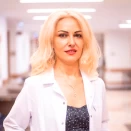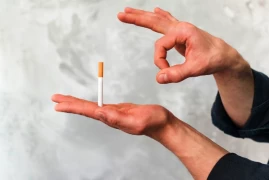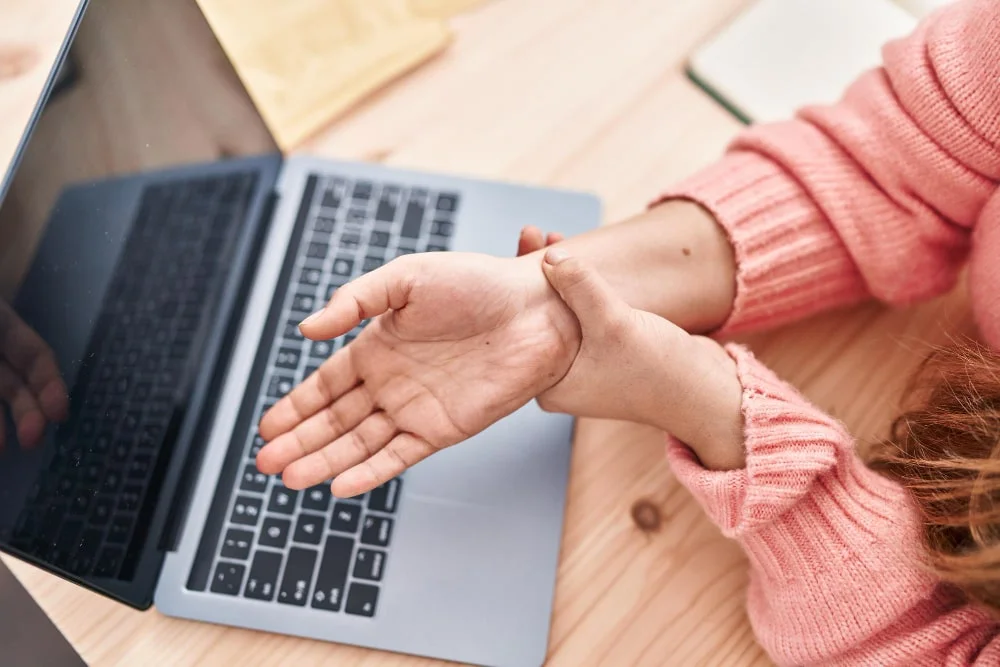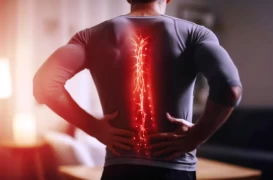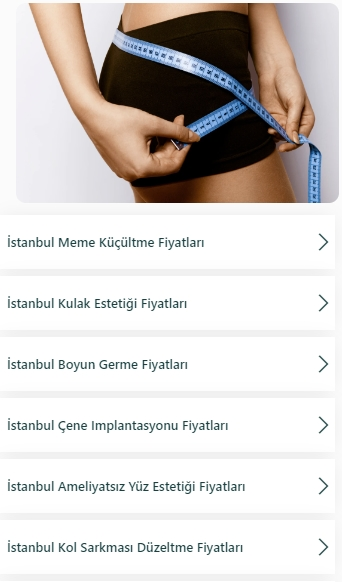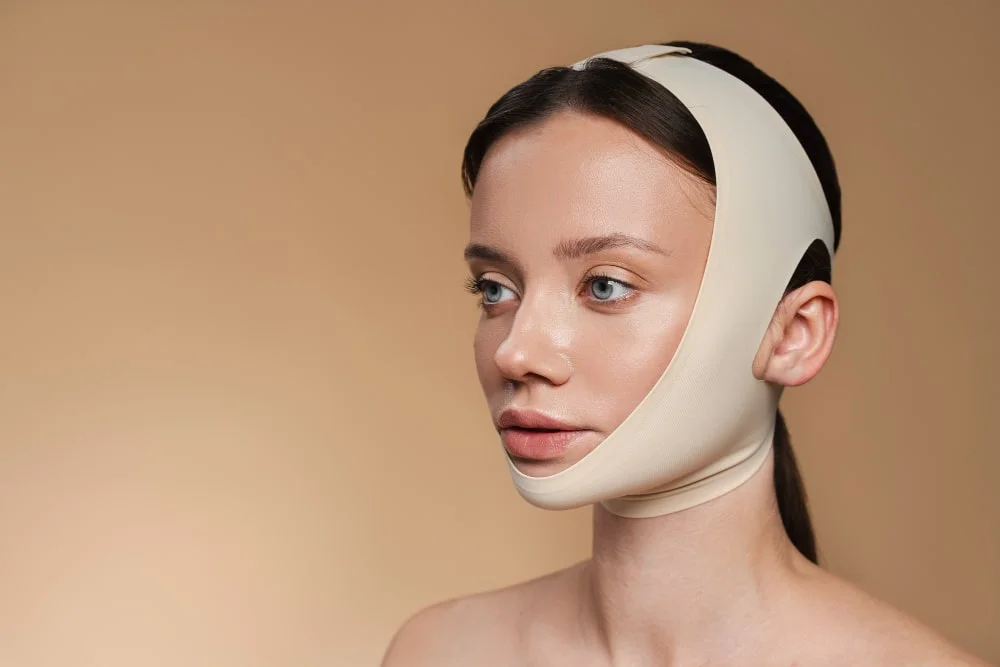
The Role of Physical Therapy and Rehabilitation in Facial Paralysis
- The Role of Physical Therapy and Rehabilitation in Facial Paralysis
- Causes and Clinical Presentation of Facial Paralysis
- The Importance of Physical Therapy and Rehabilitation
- Core Physical Therapy Methods I Apply
- Treatment Process and Follow-Up
- Psychological Support and Multidisciplinary Approach
- Conclusion
Facial paralysis is a condition that arises from impairment of the nerves controlling facial muscles, leading to significant functional and aesthetic challenges for the individual. A multidisciplinary approach is crucial in managing this condition. As a specialist in physical therapy and rehabilitation, I have personally witnessed the critical role physiotherapy plays in the treatment of facial paralysis in each of my patients.
Causes and Clinical Presentation of Facial Paralysis
The most common form of facial paralysis is known as "Bell's palsy," a condition of sudden onset with no clearly identified cause. However, other etiological factors such as head trauma, brain tumors, stroke, ear infections, Lyme disease, and herpes zoster (shingles) can also affect the facial nerve. The paralysis may occur unilaterally or, in rare cases, bilaterally.
While clinical presentations vary from person to person, the most frequently observed symptoms include loss of forehead wrinkles, inability to close the eye, drooping of the mouth corner, difficulty in speaking and chewing, diminished sense of taste, and problems controlling saliva. These issues can significantly impact the individual's social interactions, self-confidence, and overall quality of life.
The Importance of Physical Therapy and Rehabilitation
For patients with facial paralysis, physical therapy aims not only to restore muscle movement but also to regain muscle coordination, symmetry, and sensory feedback. At this point, creating an individualized rehabilitation program becomes vital.
Before initiating treatment, I conduct a detailed assessment of the patient’s facial muscle functions. I evaluate which muscle groups show weakness, the presence of involuntary contractions (synkinesis), spasms or atrophy, the coordination of facial expression muscles, and the patient’s sensory feedback. Based on this evaluation, I develop a personalized treatment plan.
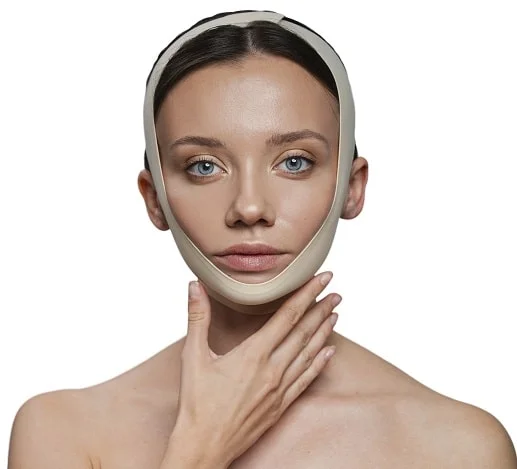
Core Physical Therapy Methods I Apply
- Manual Facial Exercises: These form the foundation of therapy. I teach the patient to perform controlled movements of facial muscles in front of a mirror. By repeating movements such as raising the eyebrows, wrinkling the forehead, flaring the nostrils, puckering the lips, and lifting the corners of the mouth, we aim to restore muscle strength and coordination.
- Biofeedback: This technique allows both the patient and myself to monitor facial muscle movements via a screen. It enhances patient awareness and improves the quality of voluntary muscle contractions. It is particularly effective in patients who have developed synkinesis.
- Electrotherapy: Low-frequency electrical stimulation helps activate weak or inactive muscles and prevents muscle atrophy. However, it must be used cautiously as improper application can increase the risk of synkinesis. Therefore, I employ electrotherapy in a limited and controlled manner.
- Massage and Manual Therapy: Soft tissue mobilization of facial muscles improves circulation, reduces edema, and eases muscle tension. This technique can be particularly soothing for patients in the acute phase.
- Functional Re-Education: I train the patient to use appropriate muscles while speaking, eating, or smiling in daily life. Mirror feedback during these exercises is highly effective.
- Neural Therapy:
Neural therapy is an injection-based treatment aimed at regulating the autonomic nervous system. In patients with facial paralysis, I apply procaine injections to segmental areas around the affected nerve to improve circulation and neural communication. This therapy enhances tissue healing capacity, improves nerve nutrition, and helps regulate reflex dysfunctions affecting muscle function. I typically integrate neural therapy with other physiotherapy modalities in weekly sessions. - PRP (Platelet-Rich Plasma) Injections:
PRP therapy involves injecting platelet-rich plasma, derived from the patient's own blood and rich in growth factors, into damaged nerve and muscle tissue. I use PRP particularly in chronic or slow-recovering cases of facial paralysis due to its nerve regeneration-supportive effects. The injections are administered near the nerve or into specific muscle groups to stimulate cellular repair. Based on my clinical experience, combining PRP with physiotherapy exercises yields more effective results.
Treatment Process and Follow-Up
The earlier physical therapy begins in facial paralysis, the more favorable the outcomes. It is particularly critical to initiate therapy within the first three weeks. However, even in chronic cases, significant improvements can be achieved through physical therapy. The treatment duration depends on the severity of the paralysis, underlying cause, and patient motivation. Programs are usually planned as 2–3 sessions per week and may last between 2 to 6 months.
During the treatment period, I follow up with my patients regularly, objectively monitoring changes in muscle activity. I revise the treatment protocol as necessary. Patient compliance with therapy and adherence to daily exercises are vital for optimal results.
Psychological Support and Multidisciplinary Approach
Depression, social isolation, and loss of self-confidence are common issues I encounter in patients with facial paralysis. Therefore, psychological support is an integral part of the treatment process. When needed, I collaborate with psychiatry or psychology departments to ensure comprehensive healing.
I also coordinate with ENT, neurology, ophthalmology, and plastic surgery departments to ensure that treatment of the underlying cause is properly addressed.
Conclusion
Facial paralysis is a condition that deeply affects individuals both physically and psychologically. However, with timely intervention, personalized physical therapy programs, and a multidisciplinary approach, it is possible to manage this condition successfully. Physical therapy and rehabilitation not only restore muscle function but also provide holistic support that heals the spirit. As a specialist, my goal is to help my patients regain not only their facial movements but also their smiles—because a smile returning to the face is the most beautiful sign of recovery.

Dr. Elif Berber, PhD
Physical Therapy and Rehabilitation Specialist
